Interview with Rosa Yagüez
We spoke with Rosa Yagüez, from the Cerezales Antonino y Cinia Foundation, a private institution with a public vocation that, from a small town in Leon, focuses on the rural environment to provide reflections and answers from the peripheries.
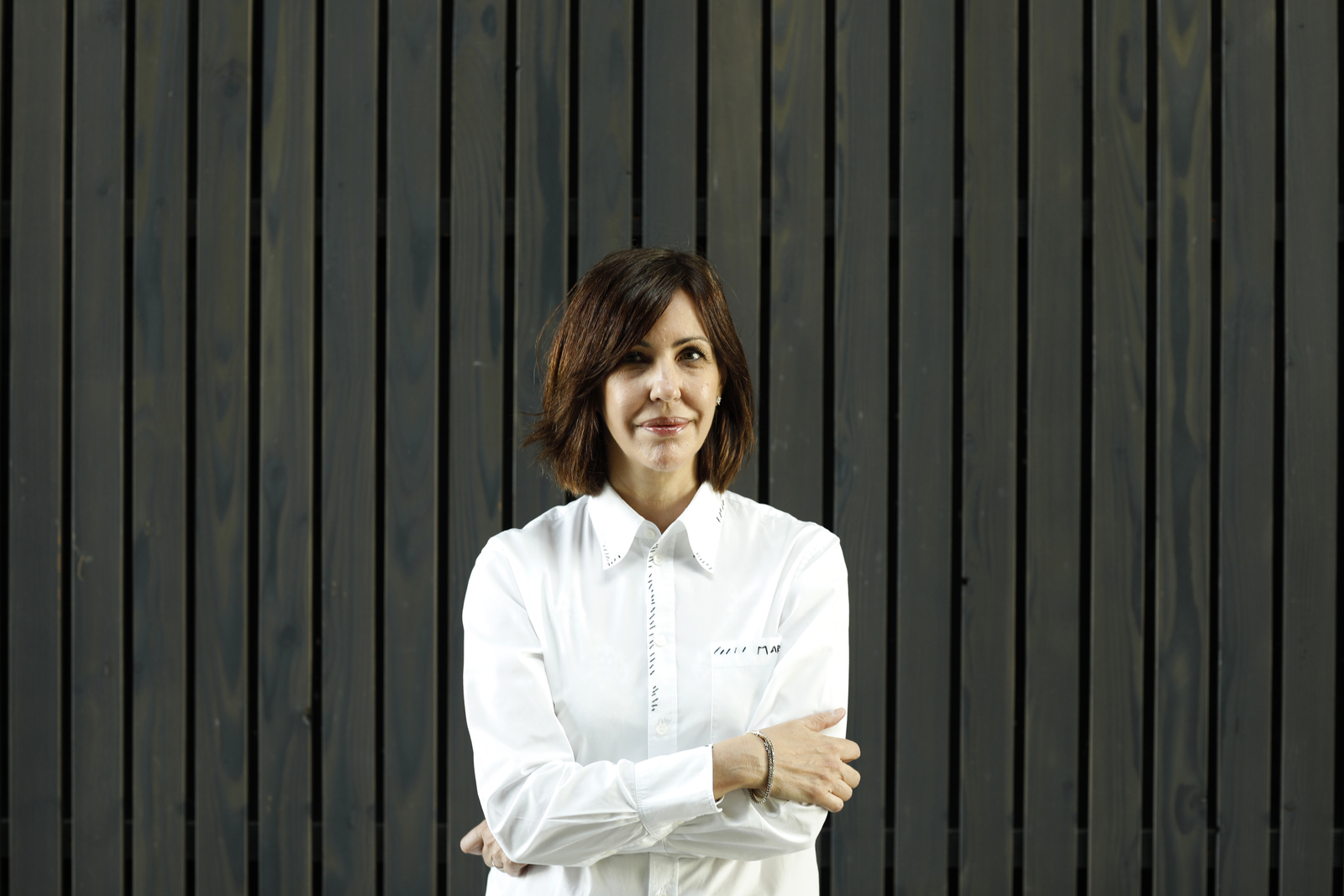
In Cerezales del Condado, a small town in Leon with around a hundred inhabitants, the Cerezales Antonino y Cinia Foundation (FCAYC) has been offering for more than 15 years one of the most unique cultural proposals in Spain. As proposed in one of its first exhibitions, that of Cuban artist Adrian Melis entitled El silencio absoluto no existe (Absolute silence does not exist), this institution was a pioneer in giving voice to the local. Born from the initiative of businessman Antonino Fernandez -president of Grupo Modelo and a native of Cerezales del Condado-, it has turned this small town into a reference center for contemporary art, ethno-education and sound creation, combining territory, thought and sustainability with a deeply committed vision.
From its headquarters -a project signed by Alejandro Zaera and Maider Llaguno, which dialogues with the old schools of the village-, it develops a program that goes from the local to the global, with exhibitions, artistic residencies, research on biodiversity and proposals that intertwine science, culture and community. We talked to Rosa Yagüez, chief curator and vice-president of the foundation, about the origin of the project, its lines of work and the role that culture can play in the revitalization of the rural world.
The objective, to work from the territory and give voice to a culture decentralized from the cities to explore situations, themes and problems arising in the rural environment “without thinking from the idea of antagonisms, but rather to seek the continuities of some processes in others”, was its mission and continues to be fulfilled.
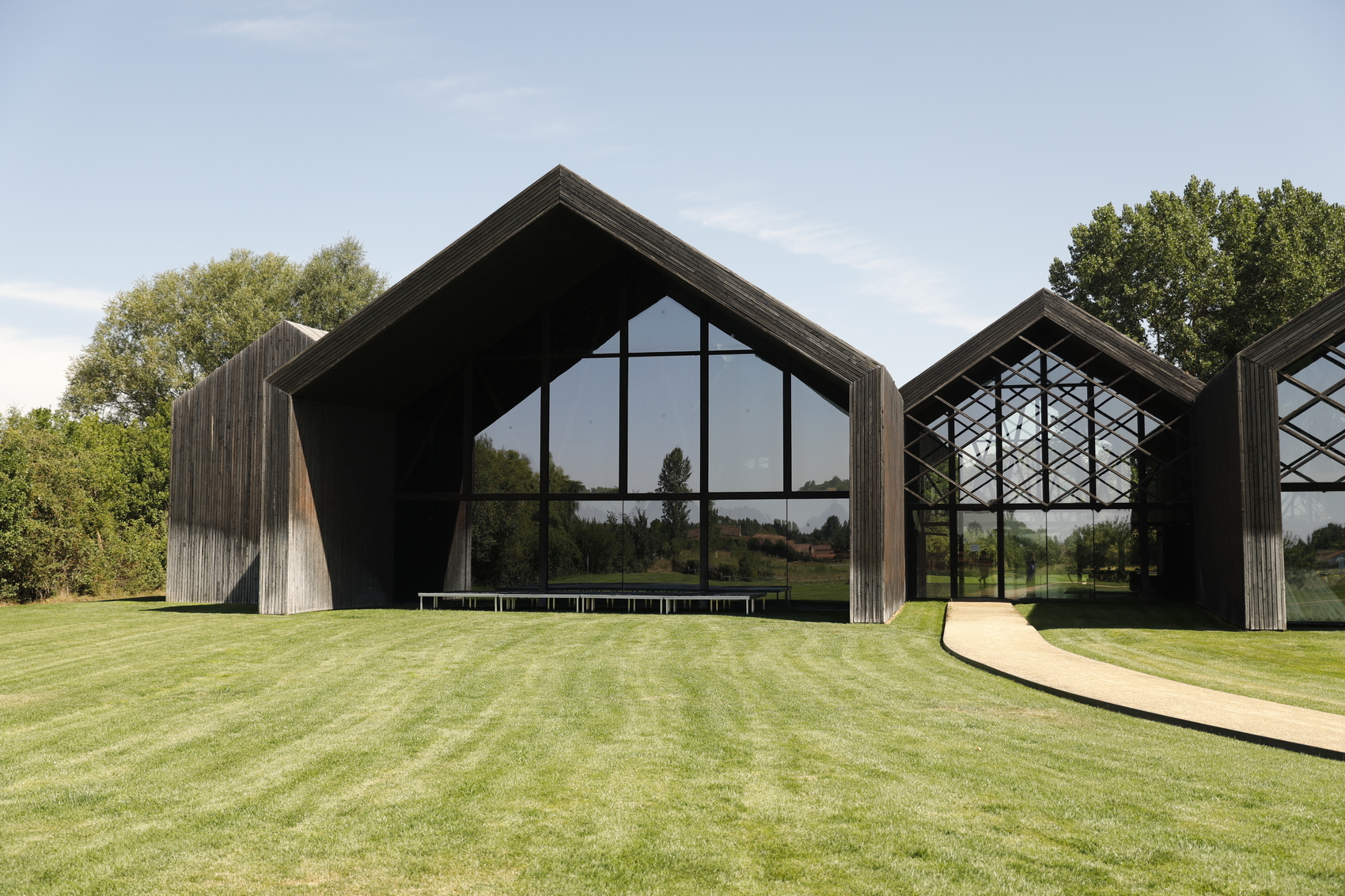
What is the story behind the creation of the FCAYC, promoted by a private individual in the Leonese village of Cerezales del Condado? Who were Antonino and Cinia, the people after whom it is named?
It was created out of the desire of its founder, Antonino Fernández, that the old schools of Cerezales del Condado, which he had attended and which had been closed for years due to the lack of children in the village, should once again fulfill their educational and cultural function.
Antonino Fernández was born in Cerezales del Condado and in 1949 he moved to Mexico where he developed an important business career in which he became president of Grupo Cervecero Modelo. Cinia González, his wife, had already passed away when the activity started but she was always very present in his memory and has also given her name to other of his active philanthropic projects in Mexico.
How would you describe its mission and what makes it unique within the Spanish cultural panorama?
It is oriented to the development of the territory and the transfer of knowledge, but not in a unidirectional way, the contributions of the community in which we are integrated are constant and valuable. Access to culture and education continues to be a challenge throughout our geography, especially when we talk about places outside metropolitan areas, we have been working for 16 years so that, at least in our environment, this situation improves.
I do not know if we can speak of a unique project in the Spanish cultural panorama, we find more and more proposals that look towards the rural areas and that carry out a great work from the peripheries, but I do believe that we were pioneers in creating an ambitious program designed for and from this environment.
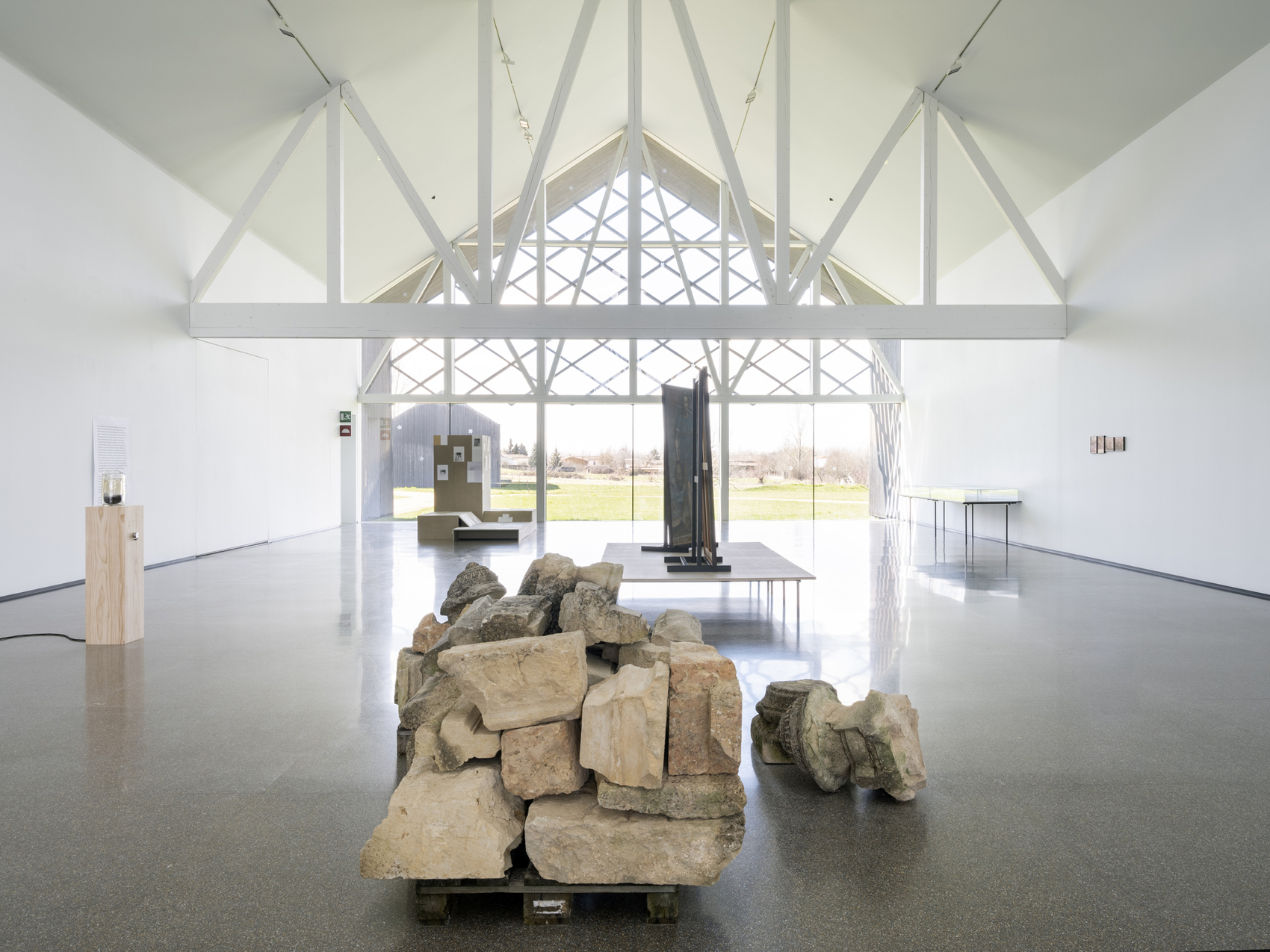
The original headquarters were the old village schools, built in 1931 and rehabilitated in 2009. These were joined in 2017 by the new building designed by Alejandro Zaera and Maider Llaguno. What role does architecture play in the relationship with the environment and the local community?
Let’s say that the main objective when we started to define the new facility was how to get the architecture not to play a predominant role, our great concern in relation to the environment and the community is that it should be almost invisible, that it should not distort the image we all had of Cerezales.
The architectural firm was able to successfully solve the problem of reconciling the need to construct a building that, due to its different uses, required dimensions far removed from the traditional farmhouse of Cerezales with the desire to interfere as little as possible in the landscape.
That same year, the new headquarters was recognized with the 1st Award for Sustainable Construction in Castilla y León. What place does sustainability occupy in your philosophy and activities?
As a private foundation we work with our own resources; the very subsistence of our institution requires us to make decisions with long-term sustainability in mind. From the very beginning, and after visiting other facilities similar to the project we had in mind, we identified the need to reduce the building’s energy consumption and environmental impact as a priority. To achieve this, we used passive strategies, such as an important insulation package and other architectural elements such as eaves and lattices that block solar incidence; as well as active ones, allocating many resources and research to the implementation of facilities that use systems such as geothermal energy, biomass and other more experimental ones.
The result of these decisions is minimal consumption that does not detract from our ability to continue developing our activities.
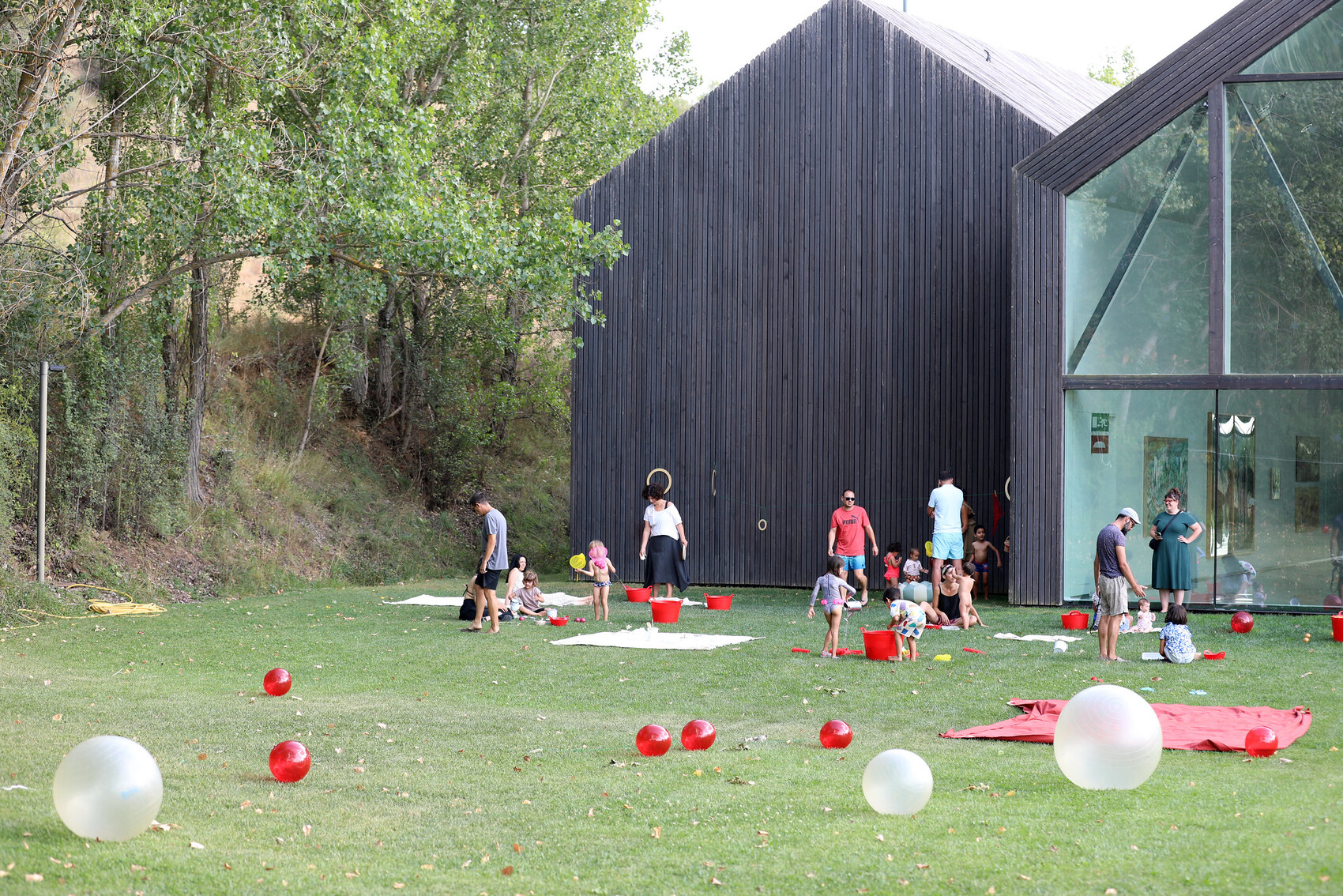
Since those first schools in 2009, 16 years have passed. How would you summarize the trajectory from then until today?
I can only speak in very positive terms, we have grown as an institution, as a team and we have not moved at any time from the founding mandate that binds us to this territory. The first years, with less visibility, were perfect for researching, thinking about our lines of action and integrating ourselves into the neighborhood. Time has brought us the maturity with which we have come to develop more complex projects, some in collaboration with other institutions.
It is difficult to summarize, especially considering that we have tried to put time on our side, always think in terms of research and assume the risks that this entails.
You work in three main lines: ethno-education, contemporary art and music/sound. Could you summarize the objectives of each one and how they dialogue with each other?
We work with contemporary artists in projects that are developed by the curatorial team of the foundation or with external curators and that are formalized, in most cases, in an exhibition in our showroom, and in the addition to our collection-archive of some of the works produced.
In Sonido y escucha, experimentation and creation have an important weight in the program of independent contemporary music and sound art, but we have also dedicated ourselves from the beginning to the diffusion with cycles of chamber music, with programs of jazz or other musics.
Finally, the branch of Ethno-education, which is the one that roots us more to the territory, with very varied programs around environmental, technological, cultural… acts as a binder from which the rest of our activities are nourished.
One of the founding objectives was to revitalize the town and its surroundings, and to mitigate isolation and depopulation through culture, education and art. Do you think that this objective has been achieved? What impact has the FCAYC had on the territory and on society?
Let’s say that the objective of demonstrating that it is possible to work and innovate in culture also from the rural area, where there are communities full of curiosity, receptivity and desire to approach and collaborate, has been achieved, but on a daily basis I would never speak of impact but of soft and sustained local effects such as the reopening of the bar, the appearance of rural hostels, or the arrival of a new neighbor. Our work has to look at the long term, changes, if they happen, need more time, even generational changes.
If there is something we have learned, it is to see the energy that surrounds us, its revitalizing spirit, we try to contribute in the same measure of what we received from those who were already here when we arrived. Today we know that this is invaluable.
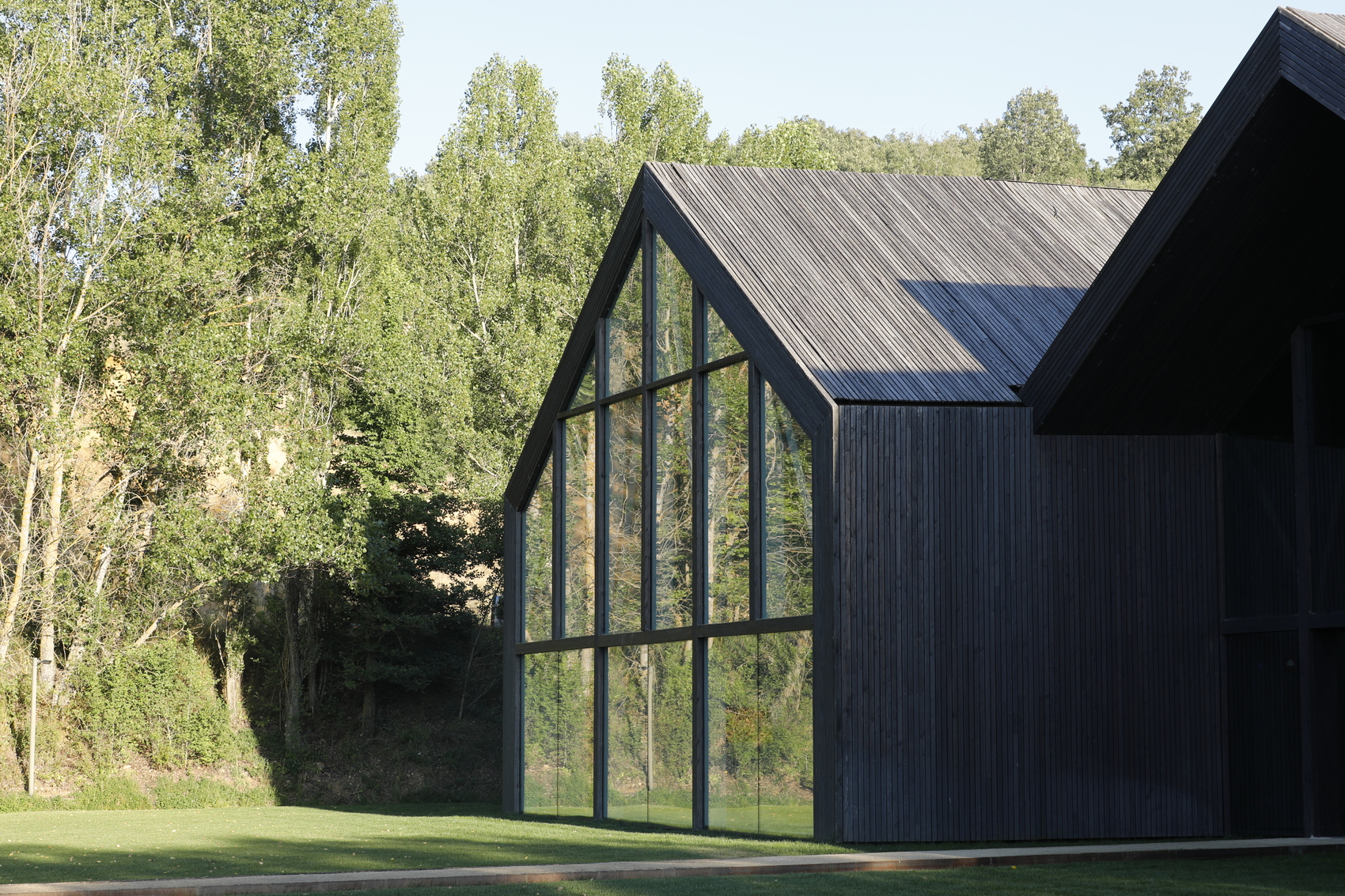
You organize programs on the sky, mushrooms, birds or plants, and the connection with the landscape is very strong. The connection with the landscape is very strong. What new initiatives are you developing in this line of work with nature?
Everything that surrounds us is susceptible to be part of our programming, the programs you list have a long trajectory, because we work in cycles that are updated annually giving us the opportunity to cover different aspects and seek other points of view. They are approached from an interdisciplinary perspective in collaboration with different departments of the University of León, with informal groups and with contributions where popular knowledge is present. We try to avoid idealizing any space or source, we know that being attentive to all of them can lead us to other types of problems. Understanding this is the basis to avoid falling into an incessant search for “solutions”. We have made an effort to evolve previous ideas and concepts such as landscape or nature and to understand where they give way to other reflections. In recent years, other areas have been added to animal and plant life, ranging from atmospheric phenomena, our geological and hydrological environment to the planetary.
Artists such as Richard Serra, Luis Gordillo or Cristina García Rodero, among others, have passed through the foundation. How do you decide which artists or collectives to invite? What are the main criteria?
The foundation carries out three projects a year that pass through the exhibition hall, which are produced from here in an average period of three years. On rare occasions, and always within our curatorial discourse, we have received or adapted traveling exhibitions.
These projects I am referring to are wide-ranging, they can cover different formats depending on the requirements of the research being carried out and, this is an important nuance, they do not always start from the specific commission to produce an exhibition.
In general terms, in the curatorial program we have two lines, one that works from the territory addressing all the issues that affect us directly from the vision of different artists and curators, we identify it from the concept “Context”, and another one we call “Out of field”, where we look for what is complementary to what we are looking for. where we seek to complement the first in order to deal with other indispensable themes that interest us and that we believe complete the broadest possible vision of the time in which it has fallen to us to live.
In all cases, the choice of artists, collectives and curators is based on our research and monitoring, which we complete with studio visits and conversations.
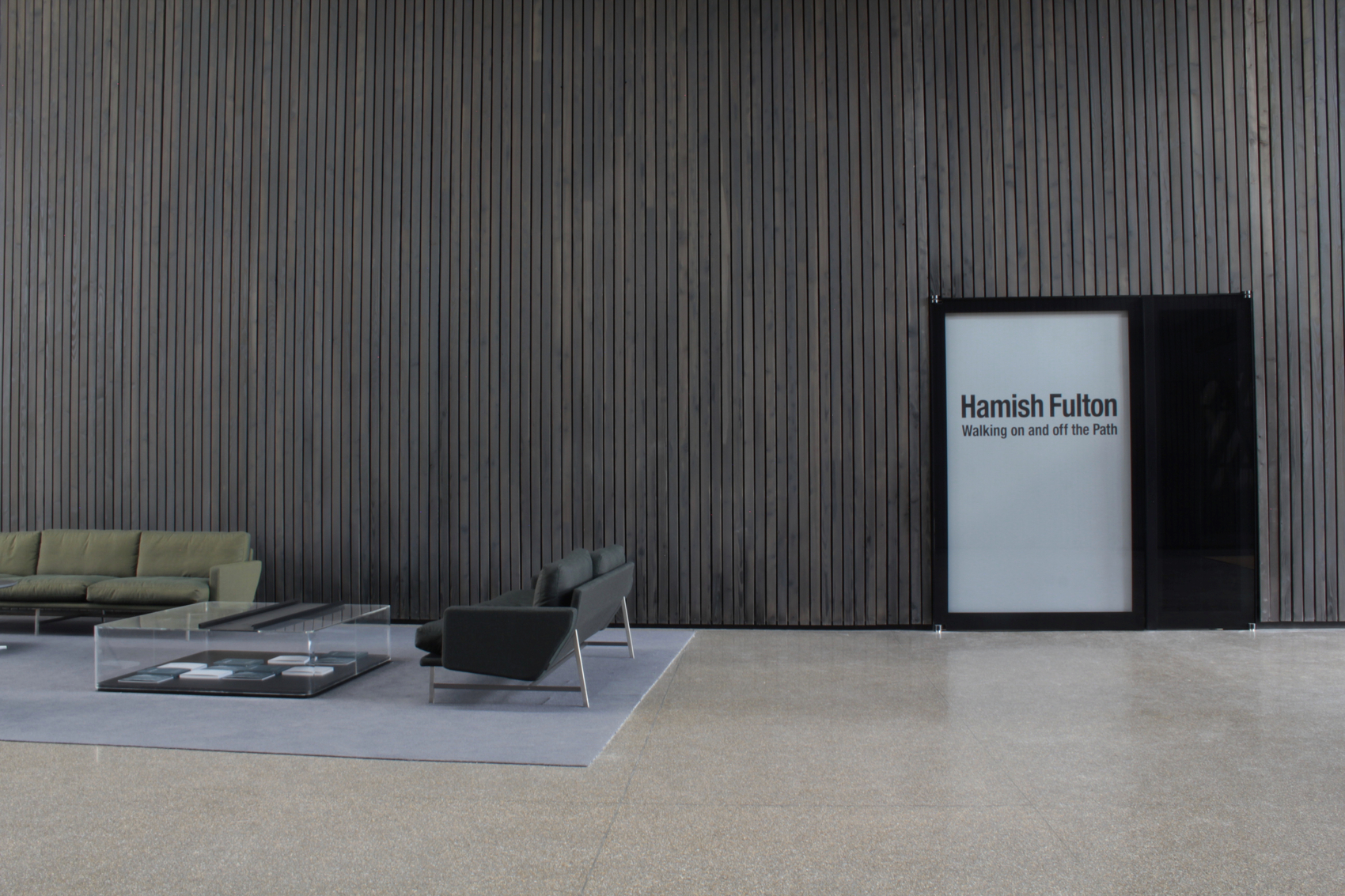
Do you think that more disruptive or free cultural discourses can be generated from the periphery?
I think that different discourses can be generated in the sense that some points of view change. There is a type of culture that has always focused on cities, especially the most populous ones, and now other situations are being explored, other issues and problems that arise in the rural environment and that have a disruptive point in that they imply a very different look and a very different approach. I would not say that it is a question of thinking from the idea of antagonisms, but rather of looking for the continuities of some processes in others.
When looking for new directions, an important level of experimentation is needed, which would not be possible in a corseted project without freedom.
In our case, being a private and independent project, we have a lot of room to work, we have no pressure in terms of themes or number of audiences.
Music also occupies a central place in your programming, why is it so important in your approach?
It was a very initial decision, traditional music has always been and is very present in the rural environment, without leaving it aside we began to work on other approaches totally absent until then.
We started with chamber music, jazz, popular music, until in recent years, with the addition to the team of a curator in listening and sound, have been integrated into our program, successfully and naturally, cycles of experimental music as “Sequences”.
The programming in Sound and Listening also allows us to expand access to culture in that any open or closed space in our territory is susceptible to host a concert or a sound intervention, new meeting spaces are generated, it is a program in constant itinerancy.
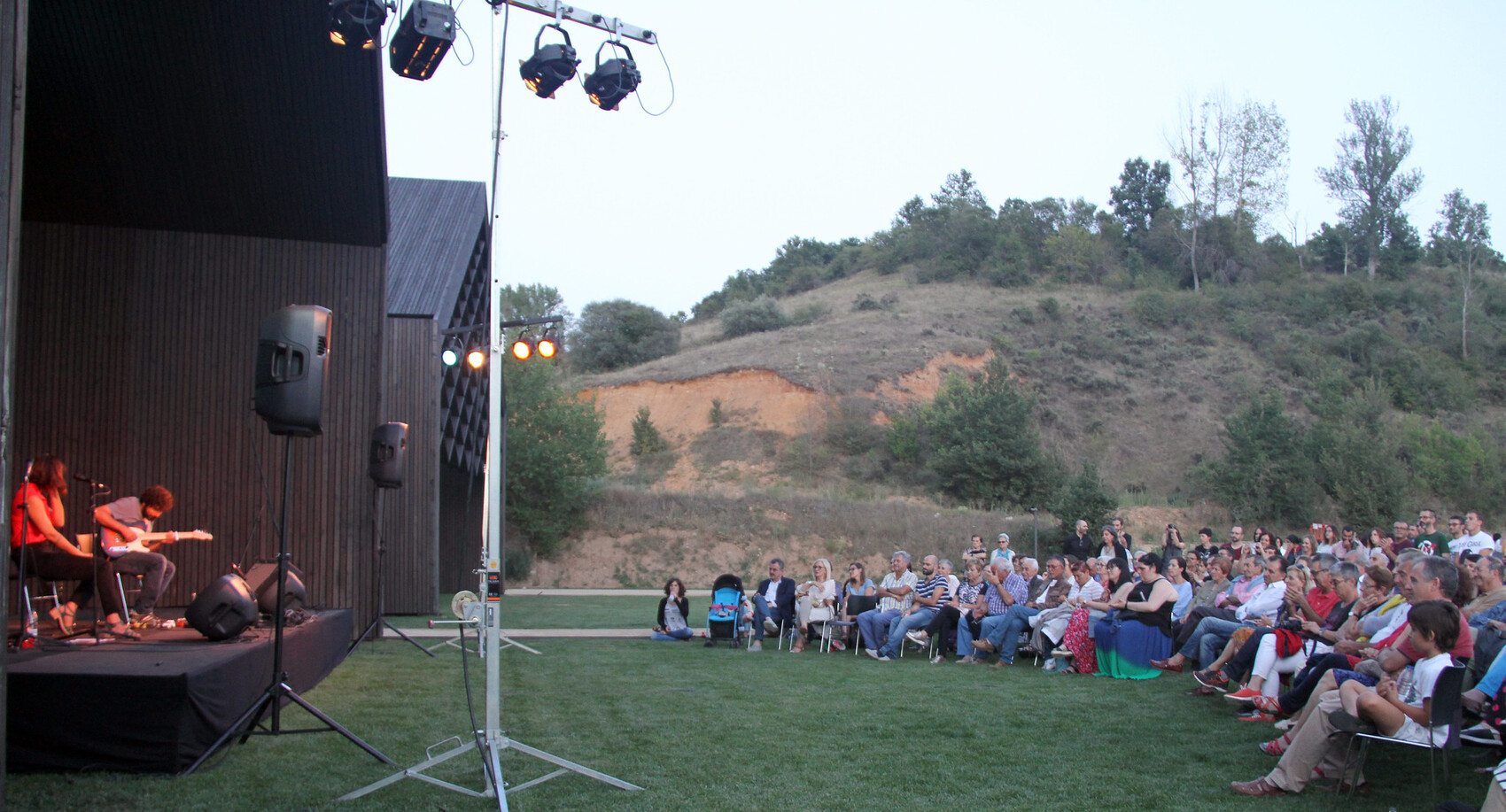
How do you build a curatorial program for a center with such a hybrid identity?
Something that has helped us and that I mentioned before has been to learn to accept risks, to realize that a cultural institution is something that has to happen around research processes. The beginnings were important because we dedicated a lot of time and effort to understand and integrate ourselves into the community, working together we found many of the keys that began to develop.
The processes concentrate all our attention and as I have already mentioned we always give ourselves long deadlines, in which all departments work together and complement each other, the education team is very attentive and participates in the configuration of the exhibition program, workshops and activations are organized and the same happens with music and sound, everything is intertwined and we seek to create the greatest number of connections between activities.
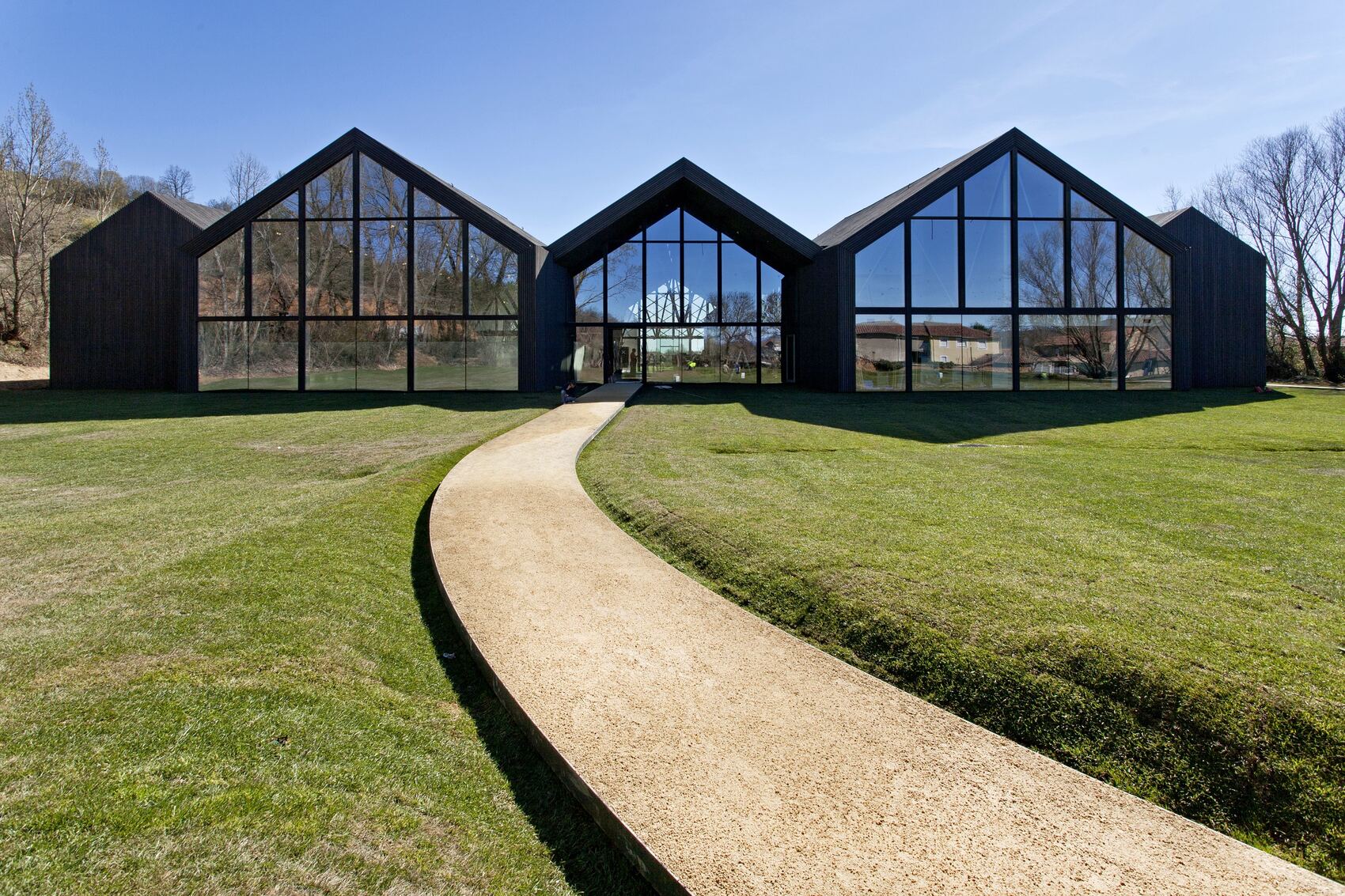
What has it meant for you to work in this rural environment with such an ambitious proposal? How does the territory influence your gaze as a curator?
My gaze is focused on the case of FCAYC, all my energy is in it.
If you had to describe FCAYC in one word, what would it be?
Neighborhood.
A dream you would like to see fulfilled…
That the project lasts.
Editor: Beatriz Fabián
Beatriz is a journalist specialized in offline and online editorial content about design, architecture, interior design, art, gastronomy and lifestyle.